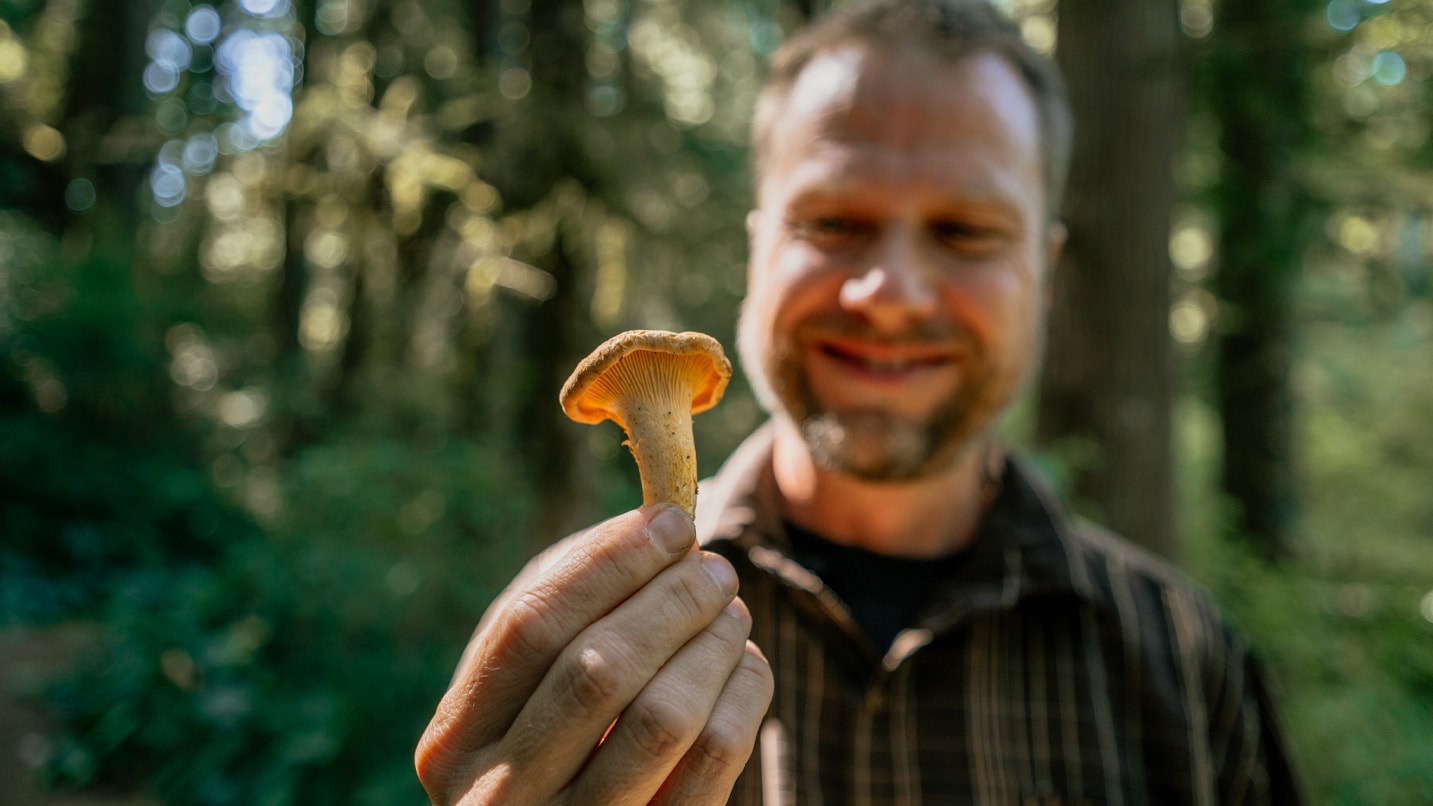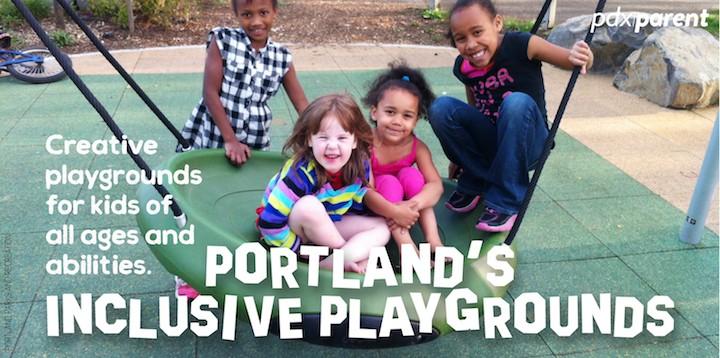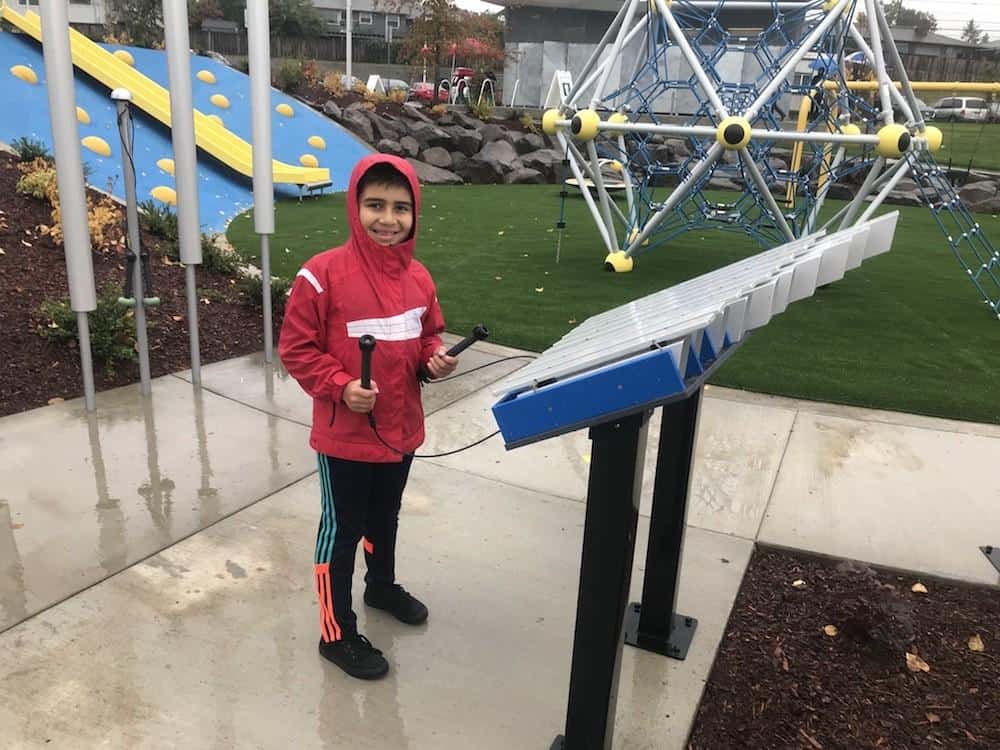This year may go down in real estate history as the year of correction. After a pandemic-fueled, seller-benefitting boom — with bidding wars, inventory shortages and spiraling prices all over the country — the housing market began to cool down in 2022. The impact of inflation and fast-rising interest rates dampened buyers’ interest, causing sales to slow and price appreciation to decelerate.
Those housing trends are continuing in 2023, making it something of a transitional year. Sellers still have an edge in many areas, thanks to continued scarcity of houses, and no one expects a dramatic crash in home prices or values. Still, the frenzied pace has definitely subsided, and many analysts see a shift toward a more balanced market, benefitting buyers.
Whatever the economic state of the real estate market, buying a house can be an exciting and emotional process. Before starting your search, be sure you understand the ins and outs of homebuying. Doing so will empower you to make the best decisions for your family — and your wallet.

A step-by-step guide to buying a house
1. Understand why you want to buy a house
Purchasing a home is a major decision that shouldn’t be taken lightly. If you’re not clear on exactly what you want out of homeownership, you could end up regretting your choice.
How to get started: Define your personal and financial goals. “Buyers should think about things like when they intend on moving and what they want in a home — amenities, ideal location and how long it could take them to save for a down payment,” says Edwence Georges, a real estate agent with RE/MAX in Westfield, New Jersey. “These are all important to help define the goals they would like to meet.”
Key takeaways
- Make a list of what’s important to you in a home. Is location the top priority? Any must-have amenities?
- Determine whether it makes sense for you financially. Would renting for another year or two improve your financial standing?
- Be sure you’re prepared for the ongoing expenses of maintaining a home.
2. Check your credit score
Your credit score will help you determine your financing options; lenders use it (among other factors) to set the terms and rates of your loan. The higher your credit score, the lower the interest rate you will be eligible for — which means that lower scores equate to more expensive mortgages.
How to get started: You can get your credit report and score from each of the three major credit reporting agencies, Equifax, Experian and TransUnion, for free once a year. Your bank or credit card company might offer free access to your score or credit report, too. If you discover any discrepancies, contact each agency and report the error.
3. Save for a down payment
To avoid having to pay private mortgage insurance, or PMI, you’ll need to put down at least 20 percent of the home’s purchase price for a down payment. Some lenders offer mortgages without PMI with lower down payments, but expect to pay a higher interest rate. Be sure to do your research: Many types of loans require a much lower minimum down payment, and there are many government programs to help cover down payment costs for qualified buyers. Shop around carefully based on how much you’re able to pay upfront.
How to get started: Research the down payment requirements for the loan you want so you know exactly how much you’ll need. If a friend, relative or employer has offered to provide a down payment gift, initiate a conversation early on to learn how much they plan to contribute and if there’s any shortfall you’ll need to cover — and secure a gift letter from them well in advance.
Key takeaways
- Consider options backed by the federal government. If you qualify for an FHA loan, a VA loan or a USDA loan, your down payment requirements will be considerably lower than 20 percent.
- Conventional loans backed by Fannie Mae and Freddie Mac, meanwhile, require just 3 percent down.
- Look into local and state down payment assistance programs to see if you’re eligible for a cost-saving loan or grant.
4. Create a housing budget
The purchase price and down payment aren’t the whole picture. Setting a realistic budget for your new home will help inform what you can afford and how much your all-in costs will be.
How to get started: Carefully factor in other expenses to determine what you can afford long-term. “Buyers tend to forget to factor in other costs, like homeowners association fees and setting money aside for maintenance costs,” says Paige Kruger, Realtor and founder of Signal Real Estate in Jacksonville Beach, Florida. “Just because you can afford a mortgage and a down payment doesn’t mean you can afford those long-term costs after you move.”
Key takeaways
- Figure out how much you can set aside for a down payment, plus a buffer fund for ongoing or unexpected maintenance costs.
- Determine the maximum loan you qualify for. Getting prequalified can help (see Step 5).
- Analyze your monthly budget to make sure you can handle mortgage payments along with your other day-to-day bills.
5. Shop for a mortgage
Getting preapproved for a mortgage gives you a firmer handle on how much you can afford, and it’s helpful when you make an offer on a house because it shows sellers you’re financially qualified. Once you’re ready to apply for official approval, you’re not obligated to stick with the same lender that issued your preapproval — compare the terms and rates offered by several companies.
How to get started: Shop around with at least three lenders or a mortgage broker to increase your chances of getting a low interest rate. Sign up for a Bankrate account to determine the right time to strike on your mortgage with our daily rate trends.
Key takeaways
- Work with an experienced mortgage lender who can walk you through all of the options and overall costs.
- If you’re a first-time homebuyer, inquire about what programs or incentives might be available to you.
6. Hire a real estate agent
An experienced real estate agent can save you time and money by helping you find your dream home and negotiating with the seller on your behalf. Agents are licensed professionals who know their markets well and can guide you through your homebuying journey.
How to get started: Contact several real estate agents and talk with them about your needs before choosing one. “Someone with knowledge of an area can tell if your budget is realistic or not, depending on the features you desire in a home,” Kruger says. “They can also point you to adjacent areas in your desired neighborhood or other types of considerations to help you find a house.”
Key takeaways
- Before hiring a real estate agent, ask about their track record, knowledge of your desired neighborhood and workload. You don’t want someone who is over-scheduled.
- Agents can often refer you to other real estate professionals, too, like home inspectors, contractors, appraisers and title companies.
- Bankrate can help match you with a qualified agent in your area.
7. See multiple homes
Viewing listing photos online is helpful, but isn’t a substitute for visiting homes in person and getting to know the area and its amenities. In some cases, the right neighborhood might be even more important than the home itself.
How to get started: Be specific with your real estate agent about exactly what kinds of homes you want to see, so they can more effectively find options that meet your criteria. And keep an open mind: You may not be able to check off everything on your wish list, so prioritize what’s most important over things that are nice to have but not crucial.
Key takeaways
- Explore neighborhoods you like to see what’s for sale, and attend open houses for homes that pique your interest.
- Take notes on each property you visit — after a few, they can start to blend together in your mind.
- Keep your schedule open so you can pounce when a great home is listed, especially in a competitive seller’s market.
8. Make an offer
Understanding how to make an attractive offer on a home can help increase your chances the seller will accept it, putting you one step closer to getting those coveted keys.
How to get started: Once you find “the one,” your real estate agent will help you prepare a complete offer package, including your offer price, your preapproval letter, proof of funds for a down payment (this helps in competitive markets) and terms or contingencies.
Key takeaways
- Think carefully about what contingency clauses to include in your contract. Common contingencies can hinge on financing, appraisal, home inspection and more.
- It’s not unusual for sellers to make a counteroffer. You can respond if you wish to keep negotiating, or reject it and move on.
- Once an offer is accepted, you’ll sign a purchase agreement and pay an earnest money deposit, typically 1 to 2 percent of the purchase price. The funds will be held in escrow until closing.
9. Get a home inspection
A home inspection provides an overall picture of the property’s condition and any mechanical or structural issues it might have. This will help you determine how to proceed with the closing process: If major problems are found, you might want to ask the seller for repairs, or you might even decide to back out of the deal (provided there’s an inspection contingency in the contract).
How to get started: Your agent can probably recommend a home inspector, but do your own homework before choosing one. Depending on your contract and what state you’re in, you’ll generally need to complete the inspection within 10 to 14 days of signing a purchase agreement.
Key takeaways
- Check the inspector’s experience by reading online reviews, asking for client references and looking at their credentials.
- To understand what is and isn’t covered, read Bankrate’s home inspection checklist.
- Fees can vary, but according to HomeAdvisor, you’ll likely pay somewhere between $281 and $402.
10. Negotiate repairs and credits
Your home inspection may reveal a few issues, especially if it’s an older home. Major problems might need to be dealt with before your mortgage lender will finalize your loan, and it’s common to negotiate for the seller to either pay for the repair or offer the buyer a credit to cover the cost.
How to get started: The need for repairs is not unusual, but negotiation can be delicate work and is best left to the pros, so enlist your agent’s help with this. They will work with the seller’s agent to come to an agreement about repairs or credits.
Key takeaways
- Hazardous problems like structural damage or improper electrical wiring could keep your lender from approving your loan, so take the solutions very seriously.
- Some sellers won’t agree to extensive repairs. That’s why a home inspection contingency is important — it gives you a way out of the deal if you need it.
11. Secure your financing
A preapproval is not the same thing as official approval. Getting final loan approval means you need to keep your finances and credit in line during the underwriting phase. Don’t open new credit lines or make any major purchases until the paperwork is signed, and avoid changing jobs before closing too, if possible.
How to get started: Respond promptly to requests or questions from the lender, and double-check your loan estimate to ensure all the details are correct. You may need to submit additional paperwork as your lender completes the process, such as bank statements, tax returns or additional proof of income., so keep your paperwork organized.
Key takeaways
- Being preapproved doesn’t mean you’re in the clear — that’s not the case until a lender has given the final stamp of approval.
- Keep your finances and credit in good shape from preapproval until closing day.
- Avoid running up credit cards, taking out new loans or closing credit accounts too. These things can hurt your credit score or impact your debt-to-income ratio, which can imperil your final loan approval.
12. Do a final walk-through
A final walk-through is your opportunity to view the property one last time before it becomes yours. This is your last chance to address any outstanding issues before the house becomes your responsibility.
How to get started: Your agent will schedule the walk-through for shortly before closing. Bring your home inspection checklist and other documents, like repair invoices and receipts, to ensure everything was done as agreed upon and that the home is move-in ready.
Key takeaways
- Ask your agent to attend with you — they can act as a witness and help answer any questions.
- If there are problems that haven’t been addressed, have your agent communicate immediately with the seller and your lender. Your closing date might have to be delayed to ensure those issues are remedied first.
13. Close on your house
Once all contingencies have been met, you’re happy with the final walk-through and your lender has declared your loan “clear to close,” it’s finally time to make it official and close on your new home. Once all of the paperwork has been signed, the home is officially yours and you’ll get the keys. Congratulations!
How to get started: Three business days before your closing date, the lender will provide you with a closing disclosure that outlines your loan details, such as the monthly payment, loan type and term, interest rate, loan fees and how much money you must bring to closing. You will attend, the closing along with your real estate agent, possibly the seller’s agent, the seller (in some cases) and the closing agent, who may be a representative from the escrow or title company or a real estate attorney. This is also when you’ll wire your closing costs and down payment, depending on the escrow company’s procedures.
Key takeaways
- When you get your closing disclosure, compare it to your loan estimate to ensure the terms are the same. Ask any questions and correct any errors before you sign the paperwork.
- On closing day, review all of the documents you sign carefully, and ask for clarification on anything you don’t understand.
- Make sure you’re given all house keys, entry codes and garage door openers before leaving the closing.
Other things to consider
Determine the right time to buy
Traditionally, spring is the start of the homebuying season, with many listings hitting the market and activity peaking. However, your own financial readiness is more important than the time of year.
After reaching record lows in early 2021, mortgage rates jumped way up in 2022 and remain high today. Meanwhile, strong demand for homes has pushed prices higher and frustrated many potential homebuyers. This combination of high rates and high prices has plenty of people wondering whether they should try to buy a home now, or wait for things to settle down.
The answer likely depends on your own personal circumstances more than the condition of the housing market. Market predictions night vary, but if you’re financially stable, you have enough in savings to cover the down payment and other expenses, your employment and income are secure, and you’re ready to stay in one place for a while, then now is a perfectly fine time to buy a house. On the other hand, if your savings are tight or your credit score is less than stellar, it might make more sense to take more time to build those before buying.
One thing to keep in mind: Home prices recently rose slightly after several months of slow declines, so be sure to exercise caution if there’s a sudden spike in prices. “Be careful about buying near the top of the market, especially if you want to be in the home for only a few years,” says Ken H. Johnson, a real estate economist at Florida Atlantic University and co-author of the Beracha, Hardin & Johnson Buy vs. Rent Index. If you’re looking to buy under these conditions, says Johnson, “bargain aggressively and be willing to walk away.”
Consider your local market
The area you’re house-hunting in has a major impact on what to brace for as a homebuyer. Each market has its own quirks to consider; the taxes, cost of living, job market and housing situation in California will yield different buying conditions than Florida or Texas, for example. And even within the same city, real estate is very localized — you might be surprised by how drastically market conditions can vary from one neighborhood to the next. This is why partnering with a knowledgeable local agent who understands the intricacies of their market is so important.
Prepare for extra costs
The down payment is often considered the biggest homebuying expense, since that’s what a buyer has to actually pay upfront. But homeownership involves plenty of additional costs that you should be ready for. Before you even close on the purchase, you’ll need to make sure you have enough money set aside to cover closing costs. These fees will vary by state and by individual transaction, but they will almost certainly range into the thousands of dollars.
When budgeting for your monthly housing costs, factor in not only the principal and interest amounts of your mortgage payment, but also property taxes, home insurance premiums and homeowners association fees (if applicable), plus private mortgage insurance if you’re putting down less than 20 percent. And don’t forget to set aside money for ongoing maintenance and unexpected repairs, too.
For this and similar articles, please visit Bankrate.com






 Not all rooms are blessed with natural light—but that doesn’t mean you should bury your dreams for lightness and brightness. There are a handful of tricks you can employ to pull almost any space out of the dark. From low-lift tweaks to crank up the lumens to renovation ideas for rooms (i.e. windowless basements) that need a bit more effort, here are six ways to let the light in.
Not all rooms are blessed with natural light—but that doesn’t mean you should bury your dreams for lightness and brightness. There are a handful of tricks you can employ to pull almost any space out of the dark. From low-lift tweaks to crank up the lumens to renovation ideas for rooms (i.e. windowless basements) that need a bit more effort, here are six ways to let the light in.





















 Painting the walls inside your home is a tried-and-true way to make an old space feel new again. While some homeowners hire professional painters, others do the job with their own two hands.
Painting the walls inside your home is a tried-and-true way to make an old space feel new again. While some homeowners hire professional painters, others do the job with their own two hands.





